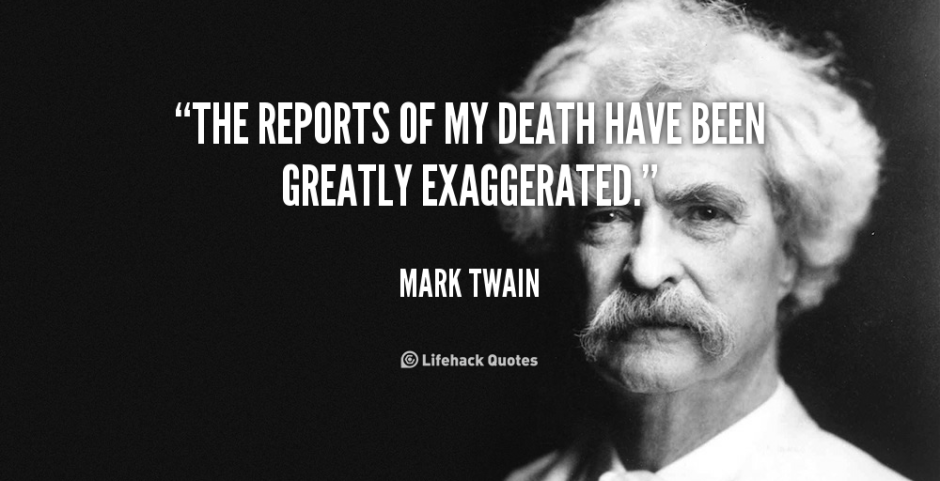 Despite reports to the contrary, Flash is not dead. Despite all of it’s flaws – security vulnerabilities, decreased performance, limited mobile support, and other bugs, Flash remains alive and well because of it’s ubiquity on mobile devices and more importantly, mobile browsers.
Despite reports to the contrary, Flash is not dead. Despite all of it’s flaws – security vulnerabilities, decreased performance, limited mobile support, and other bugs, Flash remains alive and well because of it’s ubiquity on mobile devices and more importantly, mobile browsers.
In addition to ubiquity, many customers actually still request Flash based streaming technologies in order to minimize latency of delivery especially when compared to HLS-based encoding technologies, or to simplify their workflow from a hardware based encoder.
There is still a significant Flash streaming infrastructure deployed on the internet from CDN companies and other web giants who have yet to transition all of their properties and/or assets to other formats – and idle infrastructure means that it is cheap infrastructure. The numbers I’ve seen indicate that the opportunity for streaming flash may actually be growing as players exit the market.
So when would be the right time to pull the plug? I’m not sure we’ll ever get there. Despite all of the macro-trends pointing away from Flash, the legacy and inertia of of existing content is tremendous.
Some macro drivers that would kill flash:
- New protocols will replace it – yes, there are lots more of them and they are better and/or more standardized, but they aren’t ubiquitous (Thank you Apple). And PS there may be a royalty charge.
- Ingestion infrastructure – Much of the content out on the web, especially live content, is still acquired/ingested using hardware encoders set to output RTMP instead of HTTP. This is to minimize latency, or to minimize cost of reconfiguring other acquisition/distribution infrastructure
- Costs – FMS is expensive and we can repackage RTMP streams to HLS variants using open source technology, but to save costs in the infrastructure you have to invest in the front-end / application. And does that development cost (and digging for bodies in old code) really justify the minimal savings on the infrastructure side?
So long story short, migrating to next generation technologies smoothly is a hard problem especially for non high-tech companies. The inertia of deployed technology and the subsequent lifecycle management required takes focus, investment, and a real driver beyond simply saving a few dollars on the streaming infrastructure.
